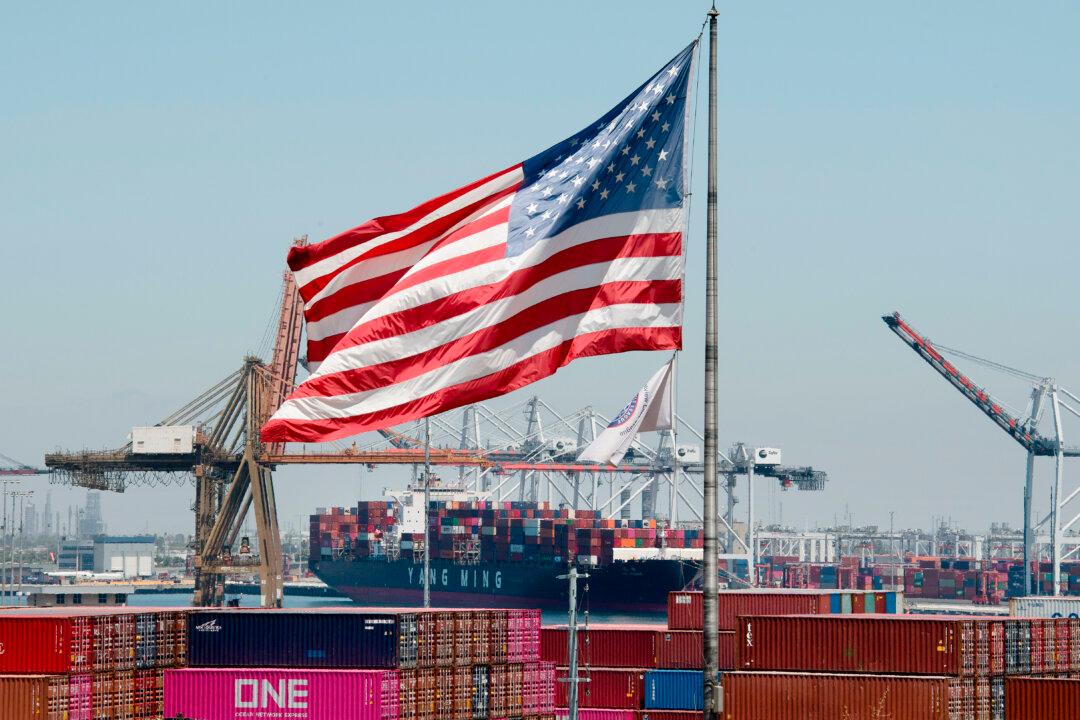News Analysis
Several new reports have bolstered the narrative that the U.S. economy might be able to stick a so-called “soft landing,” referring to a scenario in which inflation falls back down to target while a recession is avoided and there’s no meaningful drop in employment.





